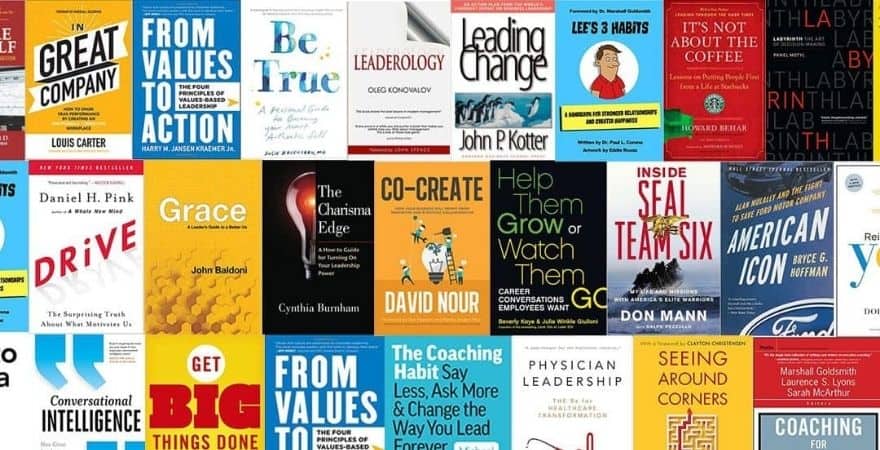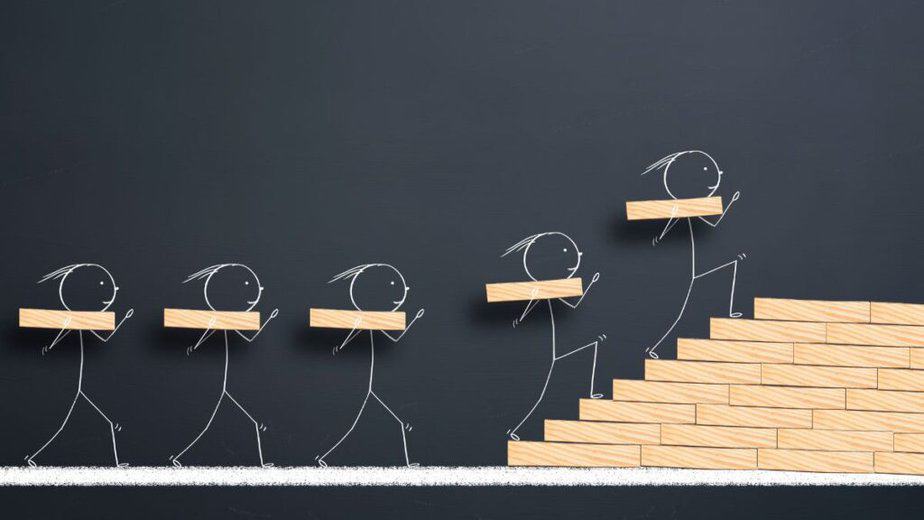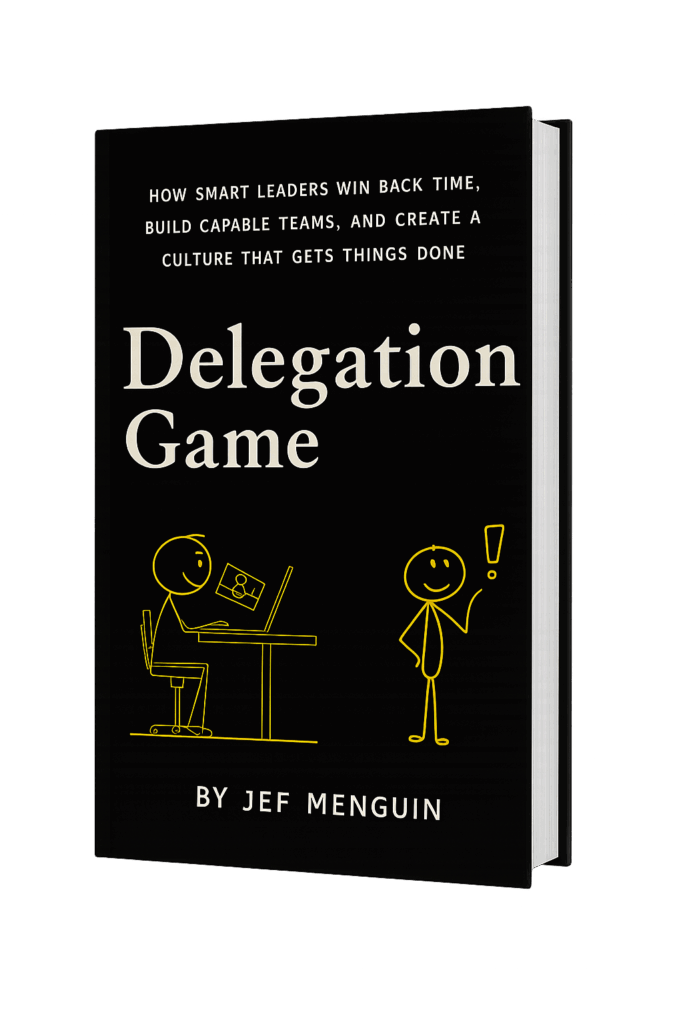Feeling overwhelmed by your day? You’re not alone. The constant battle of managing time and juggling tasks can drain even the most dedicated professionals. But here’s the good news: you can take control.
With a few simple adjustments, you can design a day that works for you—not against you. Ready to unlock your A-Game? Start by taking charge of your daily routine.
Read: Personal Development Unlocks Your A-Game
My Unscheduled Life
I often say I live an “unscheduled life.” But let’s be clear—that doesn’t mean I don’t plan my days. In fact, planning is at the heart of how I operate. I divide my time into Focus Days, Buffer Days, and Free Days. While I decide what’s important each day, I have a quarterly goal guiding me. This goal helps build routines so I don’t have to overthink, allowing me to stay creative and productive.
Focus Days: Zero In on What Matters
Focus Days are dedicated to your most important tasks—the ones that push you toward your big goals. On these days, distractions are the enemy. I block out interruptions and dive deep into work that requires my full attention. By knowing exactly what needs to be accomplished, I eliminate overwhelm and make significant progress.
Action Step: Identify the one thing that, if completed today, will move you closer to your quarterly goal. Make that your primary focus.
Buffer Days: Prepare and Organize
Buffer Days are for handling the necessary but less critical tasks—meetings, emails, planning. These days prepare you for your Focus Days by clearing the clutter. They ensure that when it’s time to zero in, nothing pulls you away.
Action Step: Schedule administrative tasks on Buffer Days. Use this time to set up your Focus Days for success.
Free Days: Recharge Completely
Free Days are exactly what they sound like—days off to recharge. No work, no checking emails, no “quick” tasks. It’s your time to relax, spend time with loved ones, pursue hobbies. This isn’t laziness; it’s strategic recovery.
Action Step: Protect your Free Days. Schedule them in advance and stick to them. Your productivity will thank you.
The Power of a Quarterly Goal
While my daily decisions are flexible, they’re anchored by a quarterly goal. This goal is my North Star, guiding my Focus, Buffer, and Free Days. It builds a routine that fosters creativity and keeps me moving forward without getting bogged down.
Action Step: Set a clear, achievable goal for the next quarter. Let this goal inform your daily priorities.
Avoid Overwhelm with “The One Thing”
Overwhelm happens when we try to do everything at once. I avoid this by knowing the one thing I must accomplish each day. This doesn’t mean I ignore other tasks, but by focusing on what’s most important, I ensure progress without spreading myself too thin.
Action Step: At the start of each day, determine your “one thing.” Focus your energy there before anything else.
Designing Your Day, Your Way
Remember, living an “unscheduled life” doesn’t mean living an unplanned life. It’s about flexibility within a framework. By structuring your days around Focus, Buffer, and Free Days, you create a rhythm that balances productivity with rest.
Action Step: Experiment with this structure. Customize it to fit your life and responsibilities.
Read: Why Leaders Focus on the 20%
Daily A-Game Activity Template
Use this template to structure your day for maximum impact. It helps you focus on what truly matters, ensures you’re moving toward your goals, and allows for both productivity and rest.
Daily A-Game Planner
Date: [Insert Date]
1. The One Thing
What’s the single most important task today?
This should be the task that, if completed, will move you closer to your quarterly goal.
- Today’s One Thing: [Write here]
2. Focus Time (High-Impact Work)
Use this block for deep, uninterrupted work. These are your A-Game tasks—the ones that deliver the greatest results.
- Time Block: [Example: 9:00 AM – 11:00 AM]
- Focus Task(s):
- [Write your key task(s) for this time]
3. Buffer Tasks (Admin & Prep)
Schedule time for lower-impact tasks that need to get done, but aren’t as crucial as your focus tasks. Handle emails, meetings, planning, etc.
- Time Block: [Example: 1:00 PM – 2:00 PM]
- Buffer Task(s):
- [Write your buffer tasks for this time]
4. Breaks
Don’t forget to recharge throughout the day. Use breaks to refresh your mind and body.
- Morning Break: [Example: 11:00 AM – 11:15 AM]
- Afternoon Break: [Example: 2:00 PM – 2:15 PM]
5. Free Time (Recharge & Reflect)
Take time to recharge, reflect, or engage in activities outside of work. This keeps your mind sharp and prevents burnout.
- Free Time Activity: [Write your chosen activity here]
6. Quick Wins
Are there small tasks you can quickly check off your list to build momentum?
- [Quick Win Task #1]
- [Quick Win Task #2]
- [Quick Win Task #3]
7. Personal Development
Allocate time for growth. This could be reading, learning a new skill, or personal reflection.
- Activity: [Example: Read for 20 minutes, listen to a podcast, etc.]
- Time Block: [Example: 4:00 PM – 4:30 PM]
8. Review & Adjust
Take 5-10 minutes to review your day and adjust for tomorrow. What went well? What needs improvement?
- What worked today: [Write here]
- What to improve tomorrow: [Write here]
9. Gratitude/Reflection
End the day with a quick reflection or note of gratitude to keep your mindset positive.
- What I’m grateful for today: [Write here]
How Benjamin Franklin Designed His Days
Benjamin Franklin, one of the Founding Fathers of the United States, was a master of time management and productivity. His daily schedule is famous for its structure and intentionality, offering a great example of how to design your days for maximum impact.
Franklin’s day started early. He was up at 5 a.m. every morning, and he began with a simple question: “What good shall I do today?” This set the tone for his day, giving him a clear focus on what he wanted to accomplish. He was deliberate about using his time effectively and aligning his tasks with his broader goals.
His schedule followed a basic structure:
- 5 a.m. to 7 a.m.: Personal reflection and planning—he would ask himself what he could do that day to move closer to his goals.
- 8 a.m. to 12 p.m.: Deep work—writing, inventions, scientific experiments, or political tasks.
- 12 p.m. to 1 p.m.: Lunch and reading—feeding both his body and his mind.
- 2 p.m. to 5 p.m.: Work—similar to his morning, this was focused, uninterrupted work.
- 6 p.m. to 9 p.m.: Reflection and relaxation—he would review his day, noting what he had accomplished and where he could improve.
At the end of the day, he would ask himself, “What good have I done today?” This reflective question helped Franklin evaluate how well he’d spent his time and whether he was moving closer to his larger goals.
Franklin’s routine wasn’t just about productivity—it was about purpose. Every part of his day was designed with intention. He balanced focused work with periods of rest and reflection, ensuring that his energy and creativity were always aligned with his goals.
This simple but powerful approach allowed Franklin to make lasting contributions across multiple fields—from science and politics to literature and diplomacy.
Marie Kondo: Designing Days with Intention and Simplicity
Marie Kondo, the Japanese organizing consultant and author of The Life-Changing Magic of Tidying Up, is a modern-day example of someone who designs her days with purpose and simplicity. Known for her KonMari method, which encourages people to declutter their lives by keeping only items that “spark joy,” Kondo applies the same principles to her daily routine.
Kondo is highly intentional with her time, using her day to balance work, family, and personal well-being. Here’s how she approaches designing her days:
- Morning Rituals: Kondo begins her day with a simple yet grounding ritual of opening windows to let in fresh air and lighting incense to clear the space. This is an extension of her belief in creating environments that promote peace and focus. By starting her day with mindfulness, she sets the tone for a productive and calm day ahead.
- Work and Home Balance: As a businesswoman and a mother, Kondo is meticulous about managing her time. She divides her day between her professional commitments (like writing, consulting, and managing her KonMari brand) and time with her children. Kondo’s philosophy revolves around intentional living, so she ensures that the tasks she chooses to engage in bring her both joy and fulfillment.
- Batching and Focusing: Similar to the KonMari method of focusing on categories (clothes, books, etc.), Kondo applies a similar mindset to her workday. She blocks off time for specific tasks, focusing fully on one thing at a time rather than multitasking. Whether it’s responding to emails, designing a new product, or spending time with her family, she is fully present in that moment.
- Evening Reflection: At the end of each day, Kondo practices a reflection ritual. She tidies up her space, which she sees as a way to mentally clear the day’s events. This helps her create a sense of closure and calm, allowing her to transition into a restful night.
For Kondo, designing her days is about intentionality and simplicity—whether in her work or personal life. She maintains focus by staying true to her core values: joy, mindfulness, and purpose. This approach has allowed her to scale her business globally while maintaining a balanced, fulfilling life.
Tim Ferriss: How He Designs His Days Based on The 4-Hour Workweek
In The 4-Hour Workweek, Tim Ferriss lays out a radically different approach to time management and designing your life. His philosophy is centered around maximizing productivity while minimizing wasted time, all with the goal of living a life full of freedom and purpose. Here’s how Ferriss designs his days, based on the principles from his book:
1. Focus on the 80/20 Rule (Pareto Principle)
Ferriss is a big advocate of the Pareto Principle, which states that 80% of results come from 20% of your efforts. His days are structured to focus on the few critical tasks that deliver the most value, rather than trying to be busy all the time. He eliminates tasks and commitments that don’t contribute directly to his goals.
Ferriss suggests starting each day by identifying the one or two things that will have the greatest impact on your business or personal life and dedicating your time to those. Everything else is secondary, and if it doesn’t serve a direct purpose, it’s eliminated or delegated.
2. Batching Tasks
Ferriss is a firm believer in batching tasks, especially low-value tasks like answering emails or scheduling appointments. Instead of constantly checking his inbox or handling admin throughout the day, Ferriss batches these activities into specific time slots. For example, he might only check email twice a day—once in the morning and once in the afternoon—so that he can focus on more meaningful work during the rest of the day.
By grouping similar tasks together, Ferriss reduces the amount of time lost to switching between different types of work, which boosts his productivity and helps maintain focus.
3. Outsourcing and Delegating
A key concept in The 4-Hour Workweek is Ferriss’s strategy for outsourcing tasks that don’t require his direct involvement. He advocates for hiring virtual assistants or using automation tools to handle routine, time-consuming tasks. This includes things like customer service, scheduling, or managing simple business operations.
By delegating low-impact tasks, Ferriss frees up his time to focus on high-leverage activities—such as creative projects, business growth, or personal development—that only he can do.
4. Mini-Retirements and Work-Life Design
Ferriss emphasizes the idea of mini-retirements, where instead of working nonstop and waiting for retirement, you design your life in a way that allows for frequent, short breaks throughout the year to recharge. These mini-retirements often involve travel or new experiences, and they’re scheduled into his calendar deliberately.
In practice, this means Ferriss doesn’t structure his days around the traditional 9-5 workday. Instead, he organizes his life to create pockets of intense work followed by stretches of rest or travel. This helps him maintain high energy levels and creativity.
5. Morning Routines and Reflection
Ferriss is a big proponent of setting the tone for the day with a morning routine. He often practices journaling (both gratitude and reflective), meditation, and exercise first thing in the morning to clear his mind and focus on what’s most important.
The Five-Minute Journal is one tool he recommends, where you reflect on what you’re grateful for, what would make the day great, and what your top priorities are. This keeps him focused and centered on achieving his long-term goals without getting bogged down by distractions.
6. Escape the Office
Ferriss also advocates for the idea of location independence—being able to work from anywhere. He believes that the traditional office setup is inefficient, and that working remotely or having flexibility in where you work gives you the freedom to focus better and avoid unnecessary distractions.
By designing his day around flexibility and mobility, Ferriss ensures that he can optimize his productivity from wherever he chooses to work, whether it’s a beach in Bali or a café in his hometown.
Ferriss’s Day in Action (Simplified):
- Morning: Focus on key high-impact tasks (the 20% that drive 80% of results), meditation, exercise, and journaling to set the tone.
- Midday: Batch low-value tasks like emails and admin into one or two short, focused sessions.
- Afternoon: Delegate and outsource anything that doesn’t require his direct input, leaving time for creativity or strategic work.
- Evening: Reflect on the day’s wins and what could improve, using mini-retirements or travel to recharge regularly.
Ferriss’s approach to designing his day revolves around maximum productivity with minimal effort, focusing only on the activities that truly matter while eliminating or outsourcing the rest. It’s all about reclaiming time, leveraging resources, and living on your own terms.
Final Thoughts
Stop waiting for the perfect moment—it doesn’t exist. The key to maximum impact is starting now. By taking control of your daily routine, aligning it with your quarterly goals, and focusing on what’s truly important, you can play your A-Game every day.
Ready to take the first step? Design your day for impact, and watch how quickly things change.












